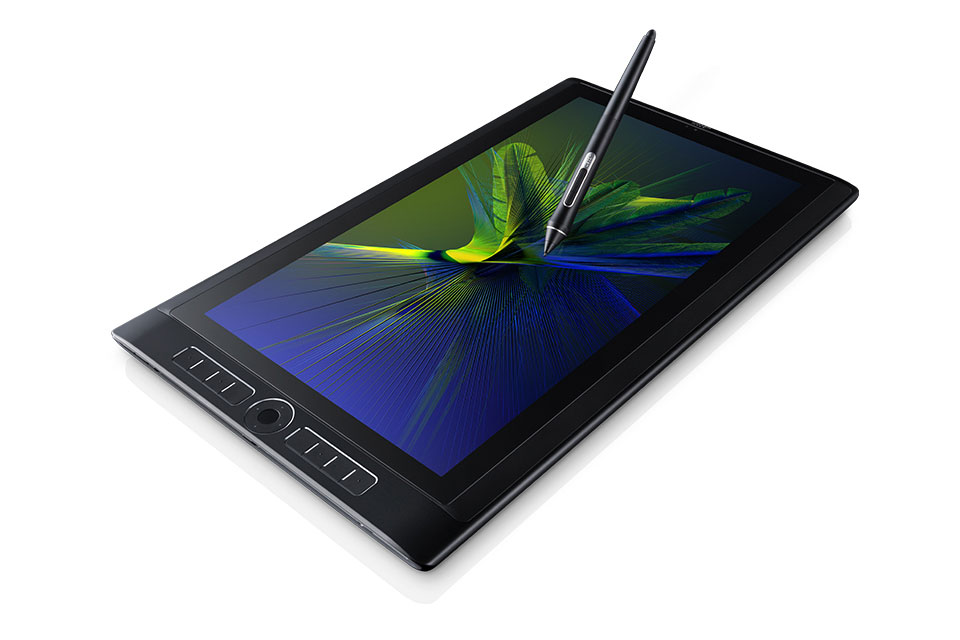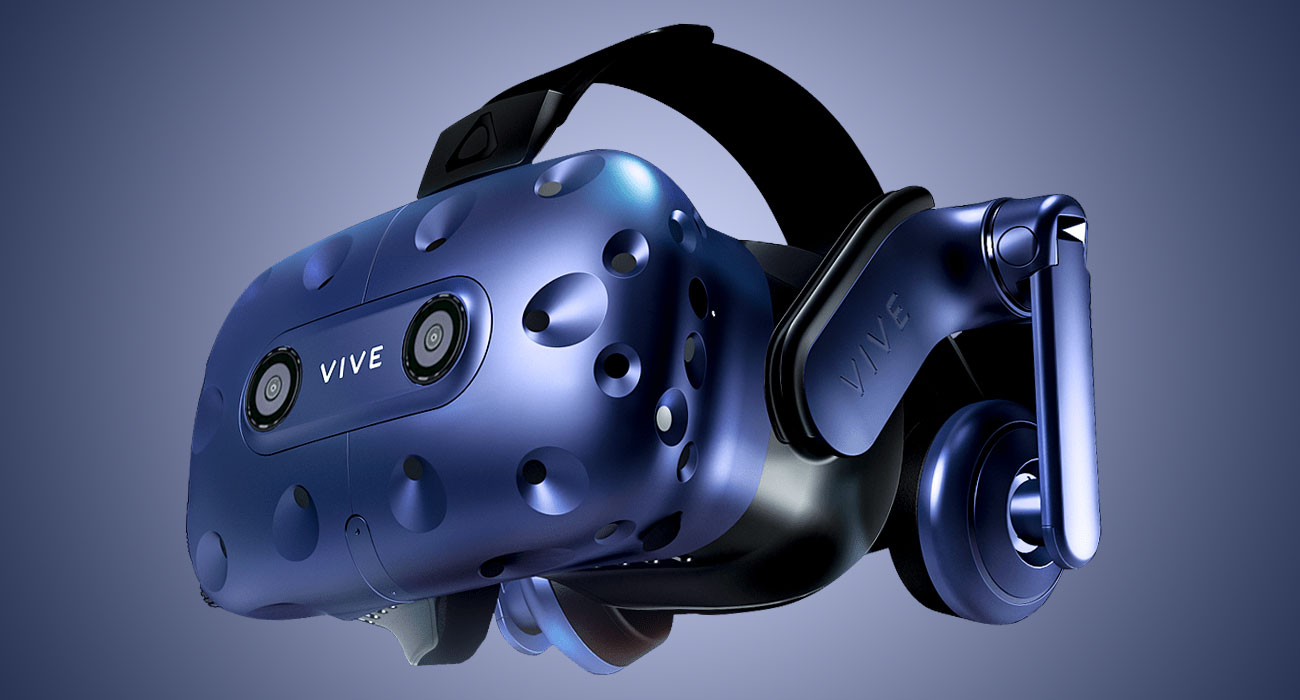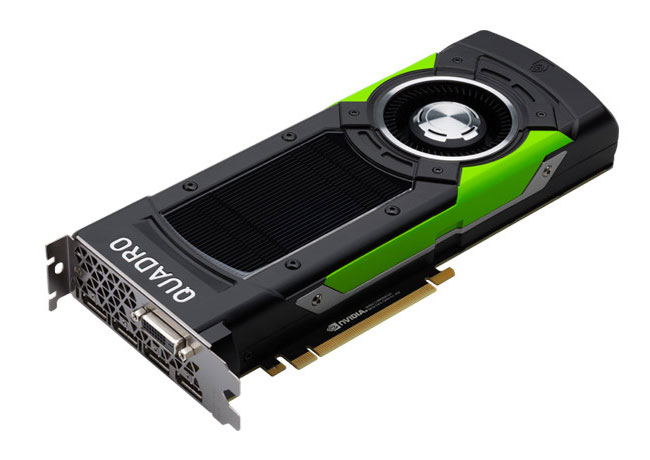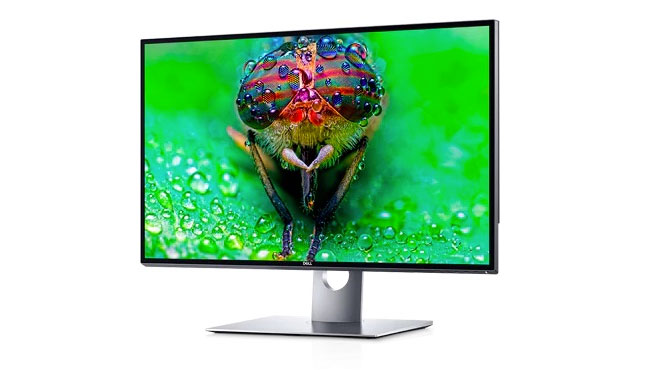5 pieces of killer hardware every 3D artist will crave
Need to get ahead in the 3D arms race? Here's some of the best hardware money can buy.
If you work in 3D you'll know full well that it pays to stay up-to-date with the latest and best hardware – or at least, the latest and best hardware you can afford. Having the best kit won't make you a better artist, but it will help you create stunning 3D art or render beautiful 3D movies a lot faster.
Bearing that in mind, we've assembled five of the best bits of 3D gear you can buy for your studio right now. Have no doubt: some of this kit is eye-wateringly expensive, but if you're serious about producing the best 3D content then you'll find that this hardware quickly pays for itself.

01. Wacom MobileStudio Pro
Specifications
Reasons to buy
Reasons to avoid
3D has traditionally been a hardware-intensive discipline, making it difficult to work away from your desktop. However, Wacom's stunning mobile pen computer gives professional 3D artists and illustrators the convenience of a mobile tablet – with the full power of desktop creative apps.
Making the iPad Pro look more like the iPad Plucky Amateur, the MobileStudio Pro is a high-end Windows 10 PC crammed into a 13 or 16-inch tablet form factor. Powered by an Intel Core i5 or i7 processor and Nvidia Quadro GPU, it's packed with features making it ideal for 3D content creation. Its Pro Pen 2 boasts increased capabilities – including 60 degrees of tilt, over 8000 levels of sensitivity and pixel-level pointing accuracy, and higher-spec models come with a 3D scanning camera.
Make no mistake: this is a heavyweight machine, literally. You'll know if you're carrying it around all day, particularly the 16-inch model. But if you need to be able to create on the move, the MobileStudio Pro is the only serious choice.
Also read: Wacom MobileStudio Pro review

02. HTC Vive Pro
Specifications
Reasons to buy
Reasons to avoid
The HTC Vive is already the best of the VR headsets, but HTC is upping its game with the Vive Pro, due out in May and available to pre-order now. At $799 for just the headset – you'll need to buy base station sensors and controllers separately – it's not cheap, but if you're working in VR then you'll appreciate its new features.
These include a better-fitting headset that's designed to be comfortable for extended periods of time, built-in on-ear headphones delivering 3D spatial audio, and a second front-facing camera for improved tracking. The Vive Pro also boasts a dual AMOLED display with a native resolution of 2880 x 1600, a 110 degree field of view and a rock-solid 90Hz refresh rate. And with the Vive Wireless Adapter due soon you'll be able to use the Vive Pro without all the cables.
- Also read: HTC Vive Pro review
- Buy US: HTC Vive Pro at Amazon for $799
- Buy UK: HTC Vive at GAME for £799
03. Leap Motion VR Developer Kit
Specifications
Reasons to buy
Reasons to avoid
If you're embracing a VR workflow, you'll want an effective way of building or sculpting in a VR environment. And while both the Vive and Oculus controllers do their jobs perfectly well, it's hard to beat investing in a Leap Motion VR Developer Kit.
It takes the standard Leap Motion sensor and mounts it on the front of your VR headset, freeing you from controllers and tracking your hand movements to give you that extra level of precision and finesse that you might not need for gaming in VR – but could prove essential when you're in the middle of a tricky 3D build.
- Buy US: Leap Motion VR Developer bundle at Amazon for $89.99
- Buy UK: Leap Motion Controller for £60.16 and Leap Motion Motion Sensor System for £83.63

04. Nvidia Quadro P6000
Specifications
Reasons to buy
The GPU market is in a very weird state at the moment. If you haven't needed to buy a new GPU in the last couple of years, you're in for a shock next time you go shopping for a 3D upgrade. Decent GPUs are in short supply and their prices have gone through the roof, and it has nothing to do with any demand for realistic 3D graphics. Rather, they're being snapped up by Bitcoin miners as fast as the manufacturers can produce them.
The good news, though, is that the miners tend to concentrate on consumer-level hardware such as the Nvidia 10-series GPUs. Pro-level hardware is a little easier to acquire (although these days you'll find that the number of cards you can buy in one purchase is limited), so you shouldn't have much difficulty getting your hands on one of Nvidia's workstation cards.
Nvidia's new Quadro GV100, with 640 deep learning-focused Tensor cores on top of 5,120 CUDA cores, is almost certainly overkill for a 3D workflow, especially at $8,999. But the Quadro P6000, with 3,840 cores, 24GB memory and 12 TFLOPS FP32 performance should be all you'll need for the next few years, and it's a (relative) snip at just $4,694/£4,100.

05. Dell UltraSharp 32 8K Monitor
Specifications
Reasons to buy
Reasons to avoid
We've looked at some great portable tech and VR trinkets, but let's face it: you still need a decent monitor most of the time. And they don't come much more decent than Dell's UP3218K. It's the world's first 32-inch 8K monitor, giving you unprecedented levels of crispness, and delivering exceptionally accurate colours and smooth gradation.
It uses Dell's PremierColor system to provide colour coverage that meets most industry standards, it boasts a flicker-free display that filters out blue light emissions so that it's comfortable to stare at all day, and its adjustable stand means that you can quickly and easily switch it from landscape to portrait view. It'll definitely give a Quadro P6000 a run for its money, and it costs slightly less; the UP3218K is available now from Dell for $3,699.99 / £3,435
Related articles:

Thank you for reading 5 articles this month* Join now for unlimited access
Enjoy your first month for just £1 / $1 / €1
*Read 5 free articles per month without a subscription

Join now for unlimited access
Try first month for just £1 / $1 / €1
Get the Creative Bloq Newsletter
Daily design news, reviews, how-tos and more, as picked by the editors.

Jim McCauley is a writer, performer and cat-wrangler who started writing professionally way back in 1995 on PC Format magazine, and has been covering technology-related subjects ever since, whether it's hardware, software or videogames. A chance call in 2005 led to Jim taking charge of Computer Arts' website and developing an interest in the world of graphic design, and eventually led to a move over to the freshly-launched Creative Bloq in 2012. Jim now works as a freelance writer for sites including Creative Bloq, T3 and PetsRadar, specialising in design, technology, wellness and cats, while doing the occasional pantomime and street performance in Bath and designing posters for a local drama group on the side.

